Are you curious about what makes a photograph truly captivating? At dfphoto.net, we believe a strong photo composition speaks volumes, transforming ordinary scenes into extraordinary visual stories. This guide will help you understand the art of composition, turning your snapshots into stunning visual narratives. Let’s explore photographic arrangement, visual storytelling, and the artistry of image creation to take your photography to new heights.
Table of Contents
1. Why Is Composition Important?
2. Painting vs. Photography Composition
3. Composition Concept and Principles
3.1 Frame Shape
3.2 Vertical and Horizontal Alignment
3.3 Fill The Frame
3.4 Visual Storytelling
3.5 Point of Interest
3.6 Breathing Space
3.7 Check The Corners
3.8 Check The Background
3.9 Simplify
3.10 Balance
3.10.1 Static Balance
3.10.2 Dynamic Balance
3.11 Foreground, Middle-ground and Background
3.11.1 Why three layers?
3.11.2 Photo Layout Examples
4. Composition Techniques
4.1 Leading Lines
4.2 Tension and Stability
4.3 Diagonals
4.4 Ascending/Descending Diagonal
4.4.1 Storytelling Example
4.4.2 Diagonal Types
4.5 Rule Of Thirds
4.6 Golden Rectangle
4.7 Golden Triangle
4.8 Golden Spiral
4.9 Golden Ratio – Myth Or Reality
4.10 S-shaped Curve
4.11 Continuous Curved Lines
4.12 Central Composition
4.13 Symmetry
4.14 Resemblance
4.15 Radial Photography Composition
4.16 Negative Space
4.17 Rule Of Odds
4.18 Block/Unblock Area
4.19 Contrast
4.20 Subject Isolation
4.20.1 Framing
4.20.2 Figure-To-Ground Relation
4.21 Repetition
4.22 Rhythm
4.22.1 Acoustic Rhythm
4.22.2 Rhythm Definition
4.22.3 Rhythm In Photography
4.23 Breaking the Rhythm
4.24 Depth Of Field
4.25 Linear Perspective
4.26 Tonal and Aerial Perspective
4.26.1 Aerial Perspective
4.26.2 Tonal Perspective
4.26.3 How To Manipulate Perspective
4.27 Patterns
4.27.1 Break The Pattern
5. Photography Composition Building Blocks
5.1 Solid Lines
5.2 Suggested And Broken Lines
5.3 Direction Using Sight/Movement
5.4 Visual Masses
5.5 Shadows
5.6 Сolors
5.7 Brightness and Contrast
5.8 Faces and Figures
5.9 Textures and Patterns
6. How to Control and Affect Composition
6.1 Focal Length
6.1.1 Wide-Angle Lens
6.1.2 Telephoto Lens
6.1.3 Normal Lens
6.2 Add a Hero
6.3 Long Exposure
6.4 Point Of View Height
6.5 Light Direction and Quality
7. How To Improve Composition In Editing
7.1 How To Check Composition
7.2 Photoshop Crop Tool
8. Bonus #1: Dynamic Symmetry – Myth or Reality
9. Bonus #2: Composition Decision-Making Flowchart
10. Bonus #3: Simplified Composition Decision-Making Flowchart
11. FAQ
12. Final Word
1. Why Is Composition Important?
Have you ever wondered why some photos instantly grab your attention while others fade into the background? A compelling photo composition is the key. Just like random piano keys sound discordant, and a messy room feels chaotic, a poorly composed photo lacks harmony. On the other hand, a well-composed image, like a beautiful melody or an organized space, creates a sense of balance, guides the viewer’s eye, and tells a story. It’s about arranging visual elements thoughtfully, transforming a simple snapshot into an engaging visual experience. Proper arrangement evokes harmony, movement, and tension. Composition is a powerful tool for visual storytelling, inviting viewers to explore and connect with your work.
2. Painting vs. Photography Composition
What distinguishes photographic composition from painting? While both are visual arts, there’s a significant difference in the creative process. A painter often has weeks or months to plan and execute a masterpiece, carefully refining every detail. Photographers, however, often work under tighter constraints. While genres like portrait, macro, and still life allow for deliberate composition, landscape and street photographers must make quick decisions, capturing fleeting moments as they unfold.
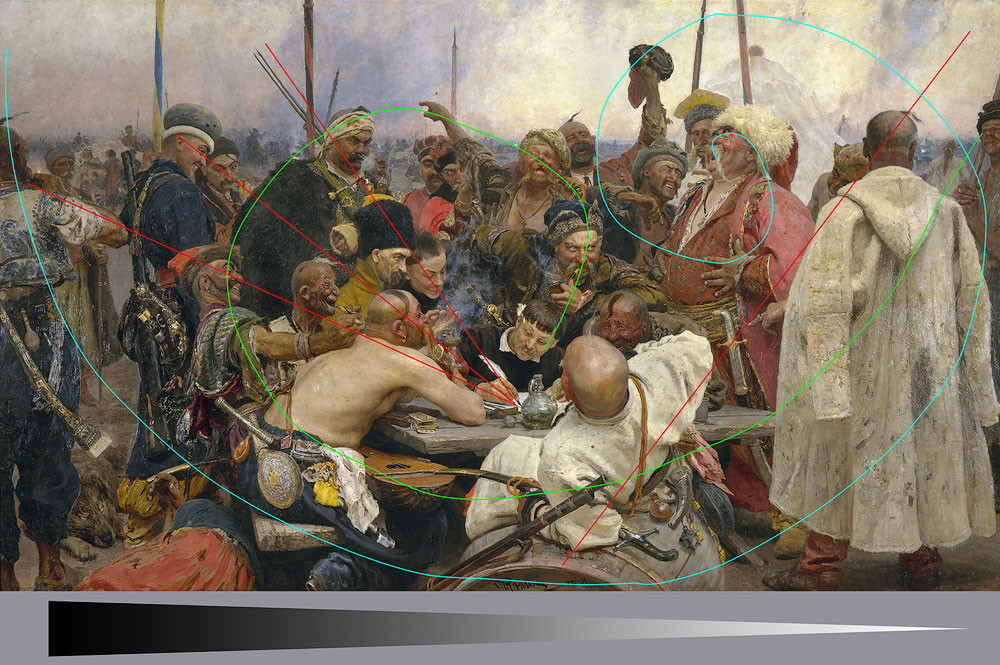 Ilya Repin Zaporozhian Cossacks
Ilya Repin Zaporozhian Cossacks
Alt: Analysis of compositional elements in Ilya Repin’s painting “Zaporozhian Cossacks Writing a Letter to the Turkish Sultan,” highlighting diagonals, spirals, and tonal transitions.
Consider Ilya Repin’s “Zaporozhian Cossacks Writing a Letter to the Turkish Sultan.” The painting exemplifies deliberate composition, with carefully placed diagonals, spirals, and tonal transitions. Photographers often don’t have the luxury of such meticulous planning. That’s why it’s wise to take extra shots, ensuring you capture all the essential elements. A photographer usually has less time than an artist to decide on the final look of the photograph, so taking additional shots can help guarantee the best possible outcome.
3. Composition Concept and Principles
What is the core of photographic composition? Before diving into specific techniques, let’s define the underlying concepts. A photo’s arrangement involves understanding how elements interact, affect perception, and contribute to the overall message.
3.1 Frame Shape
How does the shape of your frame influence your image? The rectangular format is most common, stemming from the 3:2 aspect ratio of traditional film and sensor sizes. While horizontal frames align with our natural vision, square frames present a unique challenge, demanding stable, symmetrical subjects to avoid visual imbalance. The most common aspect ratio, 3:2, comes from the sensor size of 36 x 24mm. The reason the frame is horizontal is because that’s how we see things, due to the positioning of our eyes.
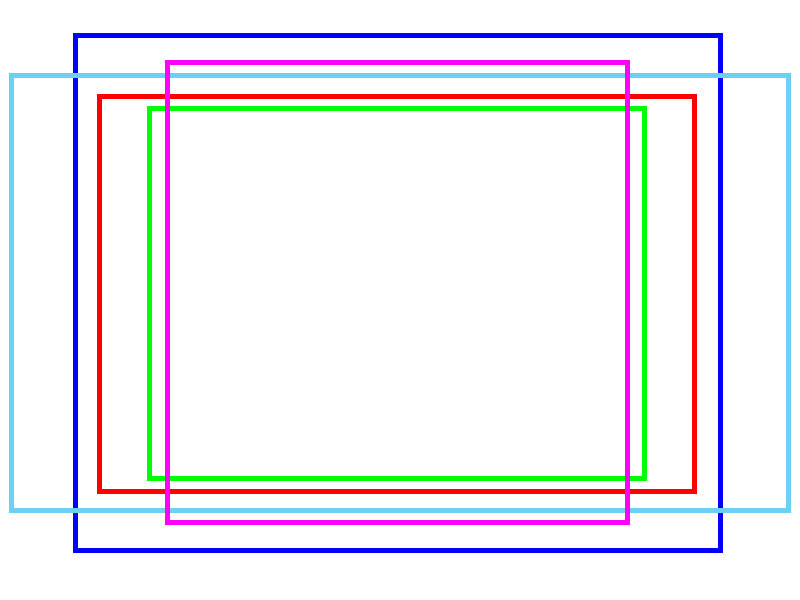 frame shapes
frame shapes
Alt: Comparison of different photographic frame shapes, including rectangular, square, and panoramic, illustrating their impact on visual stability and dynamics.
3.2 Vertical and Horizontal Alignment
Should you always match the frame to the dominant lines of your subject? The rule of thumb is generally yes. Use a horizontal frame for scenes with primarily horizontal lines and a vertical frame for vertical subjects. However, breaking this rule can create tension, adding visual interest.
3.3 Fill The Frame
How can you ensure every part of your photo contributes to the story? Filling the frame means utilizing the entire space to enhance the image. Avoid empty areas or crowded sections. Ensure that elements are appropriately sized and positioned to maximize impact. If cropping improves the image, the initial composition may have been lacking.
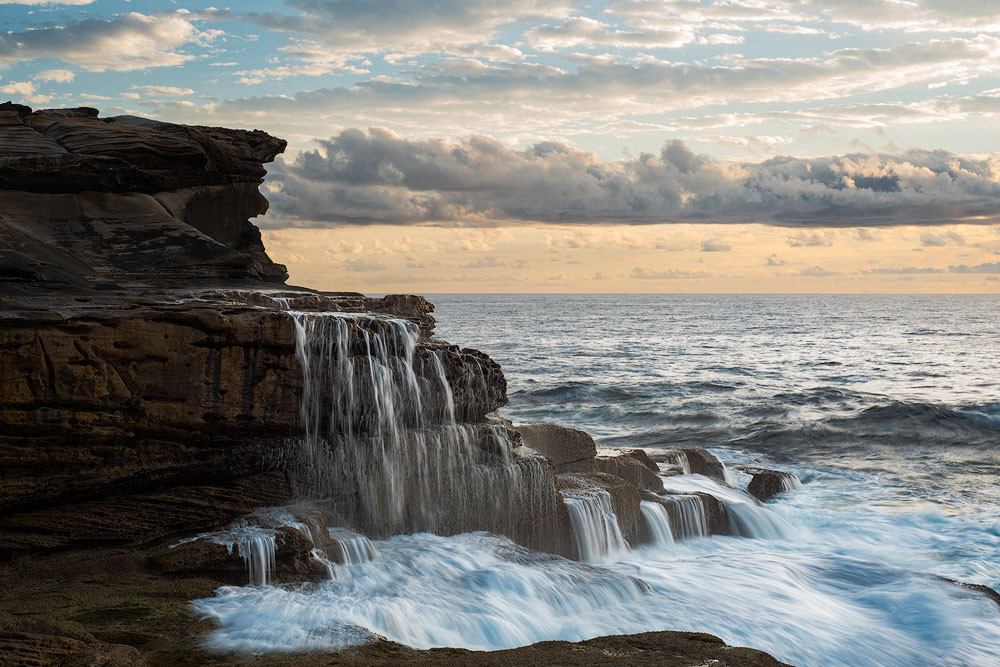 fill the frame composition
fill the frame composition
Alt: Photographic example of filling the frame, with a cliff occupying the bottom-left and clouds filling the opposite side, creating a balanced composition.
Avoid placing bright, dark, or high-contrast elements near the edges, as these draw undue attention. Positioning vertical lines near the vertical edges or horizontal lines near the horizontal sides can also be distracting.
3.4 Visual Storytelling
Why is storytelling essential in photography? Every photograph should communicate something, conveying a story or message. This involves selecting a subject, establishing context, and arranging elements to create a visual narrative. Composition serves as a storytelling tool, guiding the viewer through the image. Visual storytelling is the whole point of any photograph, and it should tell the viewer about the subject or story it conveys.
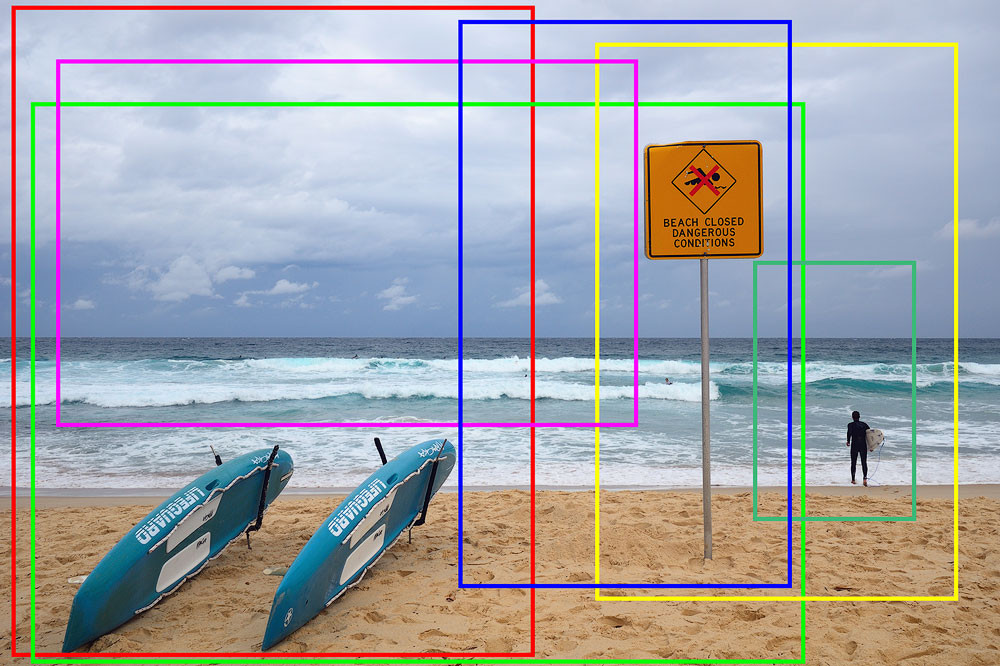 composition storytelling
composition storytelling
Alt: Series of cropped photographs illustrating how different framings alter the narrative, emphasizing the importance of context in visual storytelling.
3.5 Point of Interest
How do you direct the viewer’s attention to the most important element? Identify the main subject or point of interest around which your story revolves. This could be an object, a person, or even a feeling. Build your composition around this focal point to draw the viewer’s eye.
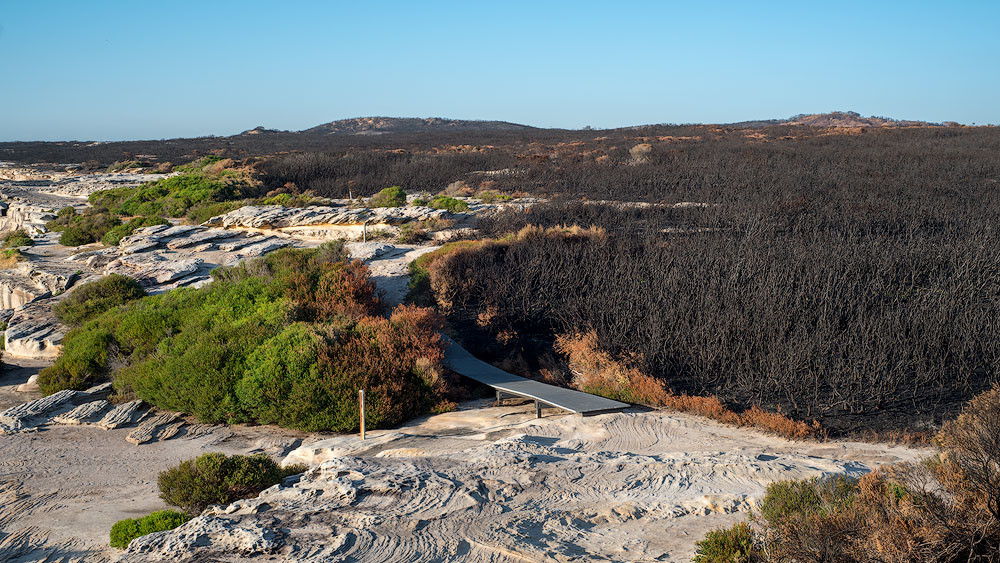 point of interest relation
point of interest relation
Alt: Photographic example illustrating point of interest, focusing on the contrast and relationship between dead and living vegetation.
3.6 Breathing Space
Where should you place your main subject within the frame? Giving your subject breathing space—area around it free from obstructions—is crucial. This prevents the subject from feeling visually suffocated and allows the viewer’s eye to move smoothly around the image.
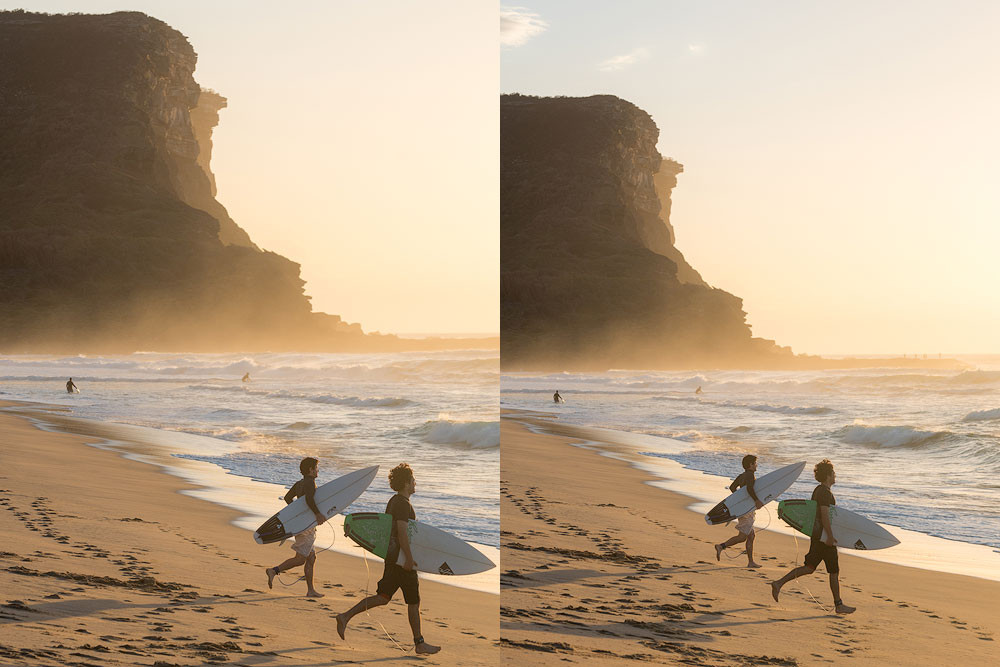 breathing space composition
breathing space composition
Alt: Comparison of two photographs, one with limited breathing space causing visual blockage, and another with ample space allowing for a more natural and dynamic composition.
3.7 Check The Corners
Why is it important to pay attention to the corners of your frame? The corners can be magnets for distraction. Always check them before shooting, eliminating any elements that detract from the main subject. Simplicity and clarity are key to a strong arrangement.
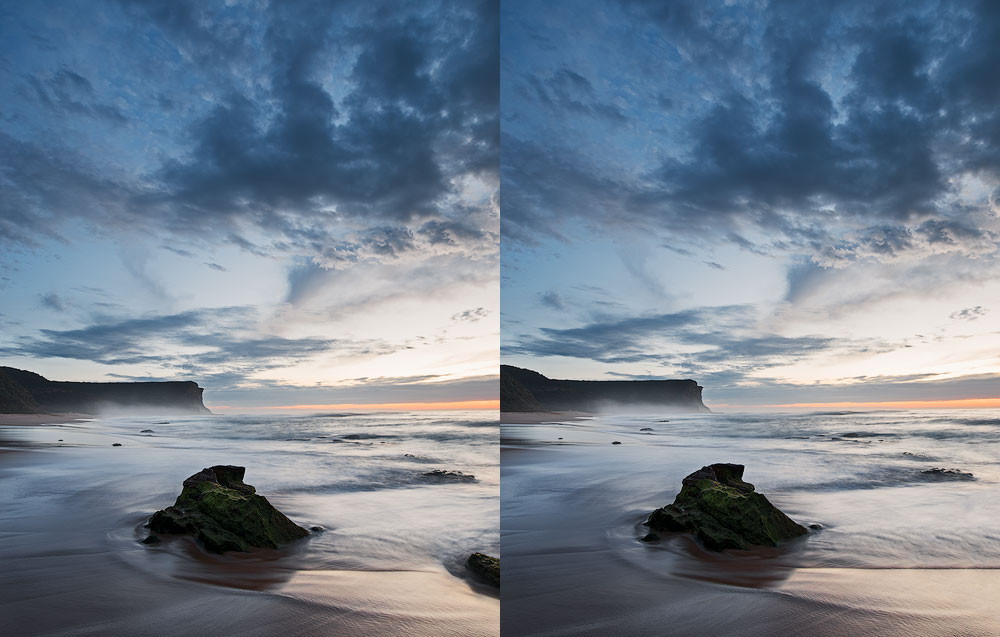 check corners composition
check corners composition
Alt: Side-by-side comparison of two photographs, highlighting the impact of corner elements on overall clarity and visual focus.
3.8 Check The Background
What role does the background play in a photo? Ensure your main subject stands out by keeping the background clean and uncluttered. Avoid distractions like branches appearing to grow out of a subject’s head or objects blending into the main point of interest.
3.9 Simplify
How can you create a more impactful image? Include as little as possible in your photo. Exclude anything that doesn’t contribute to the story. Remove distractions to enhance clarity. This process, known as Subtraction, helps viewers grasp the photo’s concept quickly.
3.10 Balance
What does it mean for a photo to be balanced? Balance in photography refers to the visual equilibrium of elements within the frame. While balanced shots often create a sense of harmony, unbalanced arrangements can deliberately increase tension and expressiveness. A balanced composition needs the heavy elements of dark, bright, high contrast areas, and saturated zones.
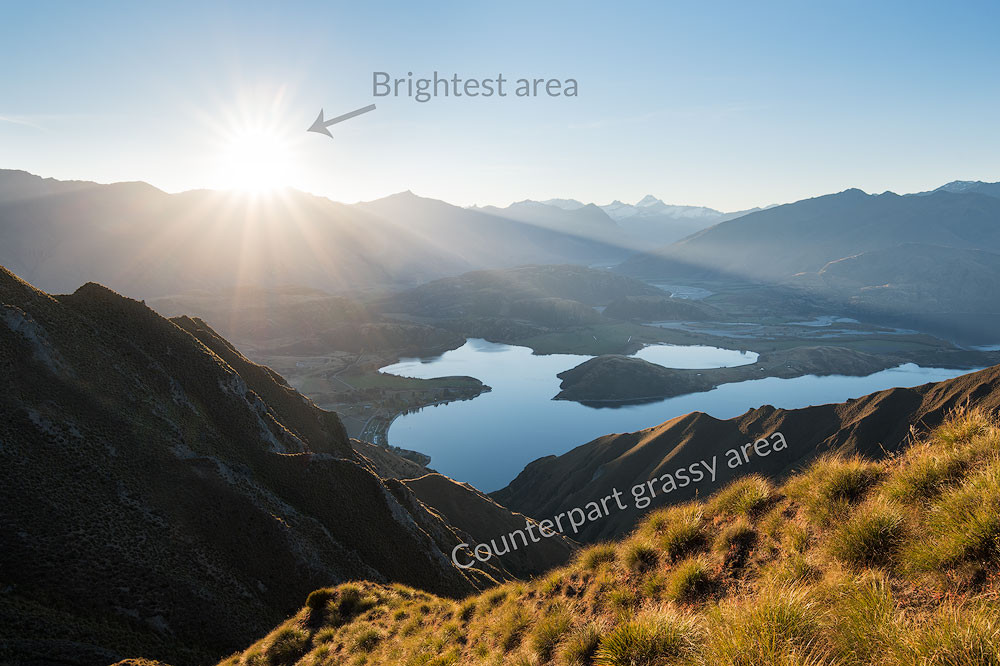 balance in photography composition
balance in photography composition
Alt: Photographic example of balance, where the brightness of the sun is counteracted by a larger, less bright zone, creating visual equilibrium.
Visual weight increases with distance from the center, so avoid placing “heavy” objects near the edges unless balancing a larger element. Balance isn’t the opposite of dynamism but of off-balance.
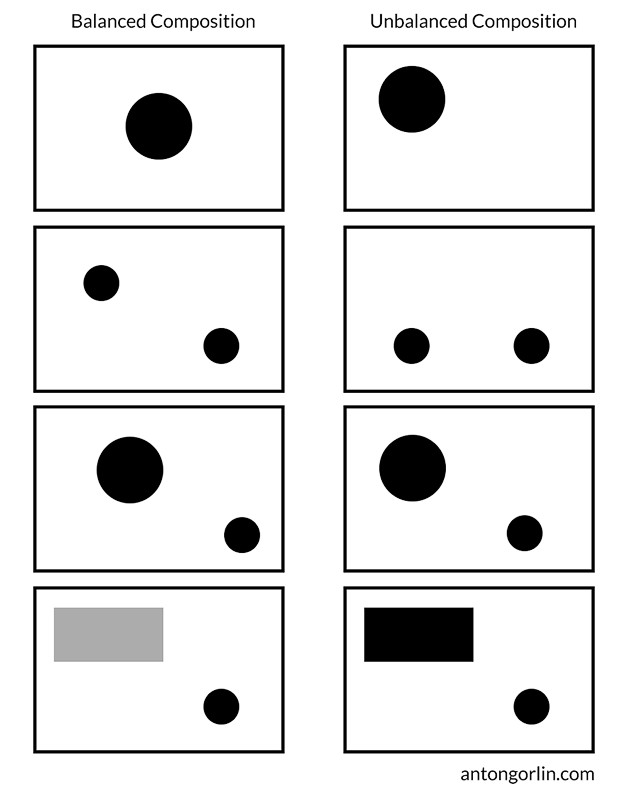 composition balance examples
composition balance examples
Alt: Collection of examples illustrating balanced and unbalanced compositions, demonstrating how different arrangements affect visual harmony.
3.10.1 Static Balance
How is static balance achieved? Static balance involves placing similar objects at equal distances from the frame’s visual center, creating a stable, symmetrical feel.
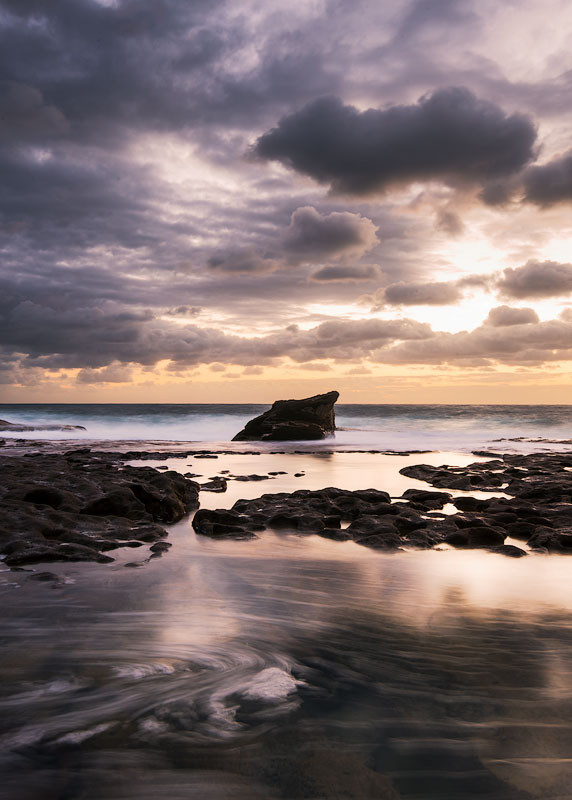 static balance photo
static balance photo
Alt: Photographic example of static balance, using a cloud and a swirling pattern as symmetrical counterparts to create a visually stable image.
3.10.2 Dynamic Balance
What is dynamic balance and how is it created? Dynamic balance is achieved with dissimilar objects at varying distances from the center. This creates equilibrium through contrast and asymmetry.
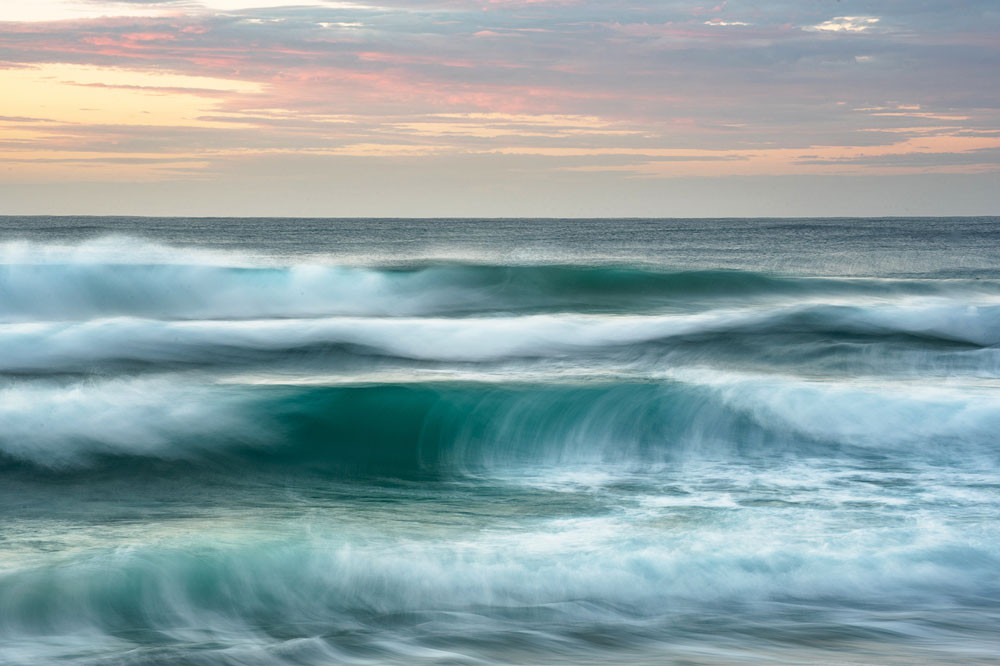 dynamic balance picture
dynamic balance picture
Alt: Example of dynamic balance in photography, with a dark wave and saturated water balanced by a softer but closer saturated sky.
3.11 Foreground, Middle-ground and Background
Why is layering important in photography? These layers are a basic way to subdivide the photograph. Dividing your photo into foreground, middle-ground, and background adds depth and volume, transforming a two-dimensional image into a more immersive experience.
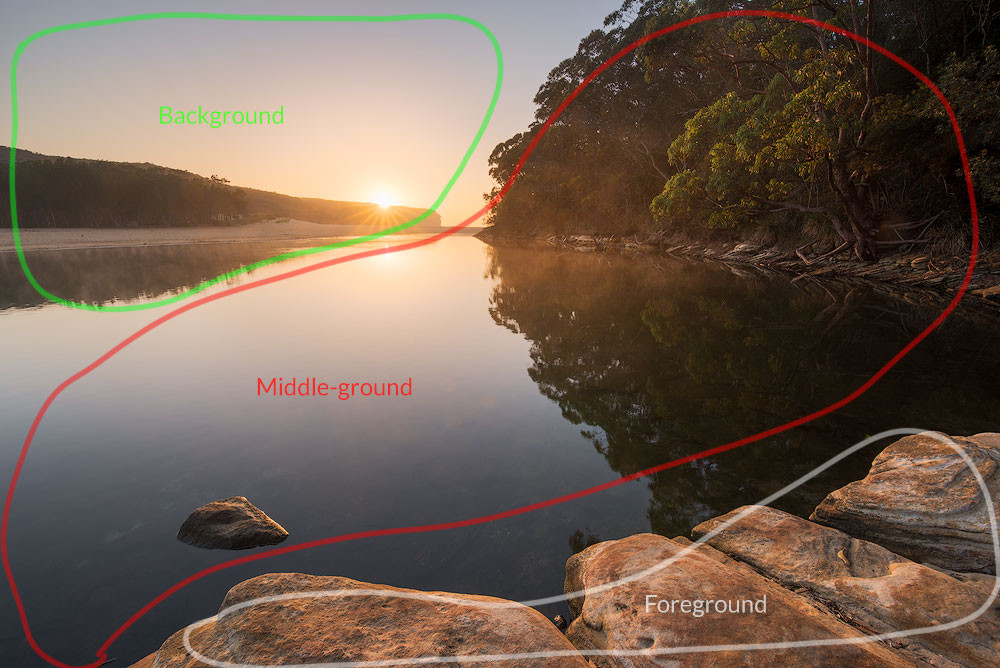 layers in landscape photography
layers in landscape photography
Alt: Landscape photograph illustrating the division into foreground, middle-ground, and background, creating depth and visual interest.
3.11.1 Why three layers?
How do layers enhance a photograph? A single layer can appear flat, while two layers may compete. Three layers allow the viewer’s eye to smoothly transition through the scene, creating depth.
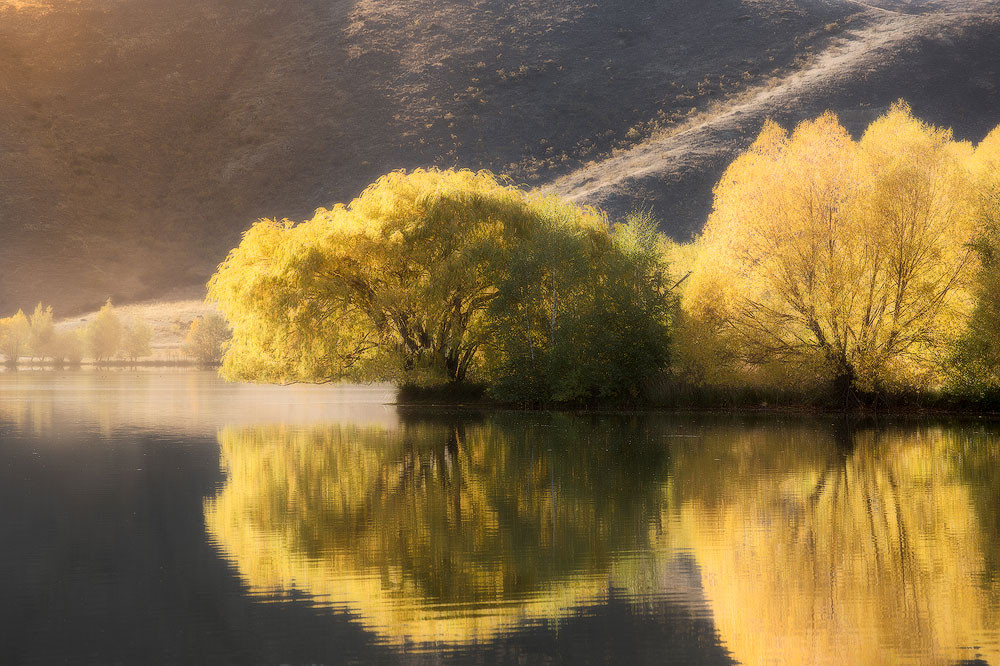 two layers graphical photo
two layers graphical photo
Alt: Graphical landscape photograph with two distinct layers, emphasizing the visual impact of simplified depth.
3.11.2 Photo Layout Examples
Can you give examples of layering in different types of photos? In a seascape, you might include distant cliffs and sky as the background, the sea as the middle ground, and rocks or beach as the foreground.
4. Composition Techniques
Ready to explore specific composition techniques? These methods provide practical ways to enhance your photos, but remember: listen to your intuition and artistic sense to create the best images. Structure your photo so that important lines are near the grid lines and the main subjects are somewhere near the intersection of the grid lines. More often than not, the horizon is one of the significant lines that you should put somewhere near the grid line.
4.1 Leading Lines
What is a leading line and how does it work? A leading line guides the viewer’s eye through the image, telling a story and aiding comprehension. It can be a physical line, like a fence, or an implied line created by the arrangement of objects. Every single line is a leading line; it’s a basic concept of any composition.
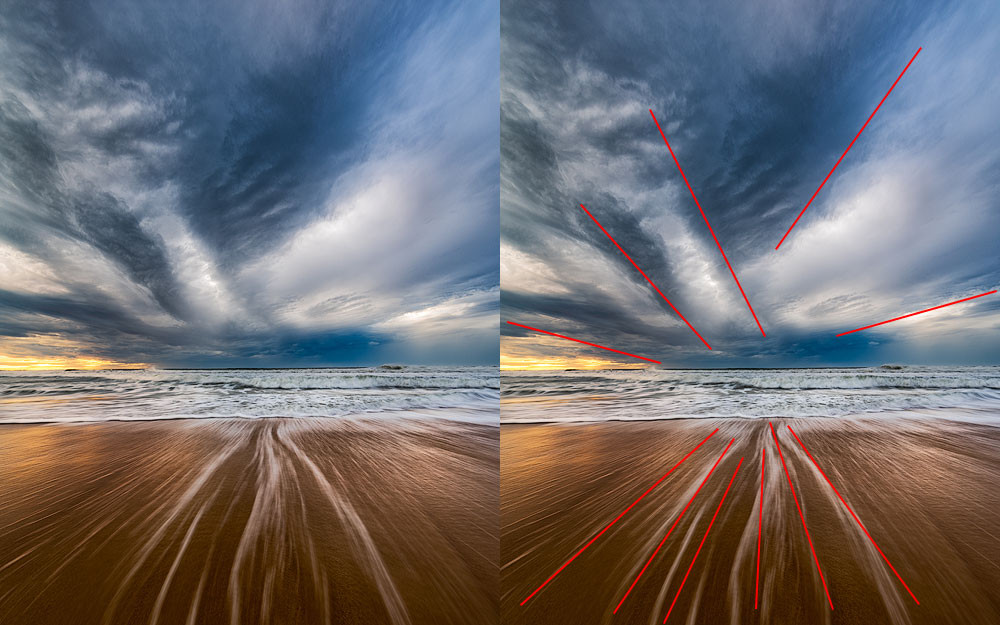 leading lines composition
leading lines composition
Alt: Landscape photograph showcasing leading lines formed by a winding path, directing the viewer’s gaze through the scene.
Avoid lines that split the frame in two or lead the eye out of the photo.
4.2 Tension and Stability
How do different types of lines affect the mood of a photo? Lines parallel to the edges (vertical and horizontal) add stability, while diagonals and triangles create dynamism and tension. Use geometric shapes in photography; the triangle is the most dynamic of them.
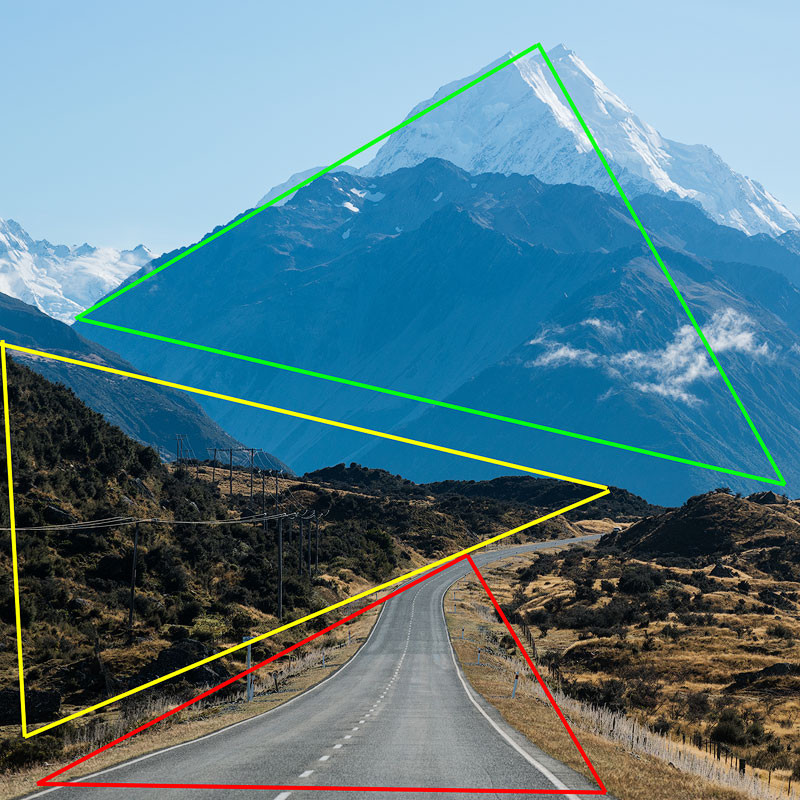 triangles composition
triangles composition
Alt: Photographic example of a composition made of multiple triangles, enhancing dynamism and visual interest.
If you want a serene, calm, soothing photo, don’t add a lot of dynamics to it. If you want a lot of action and energy, add diagonals and triangles.
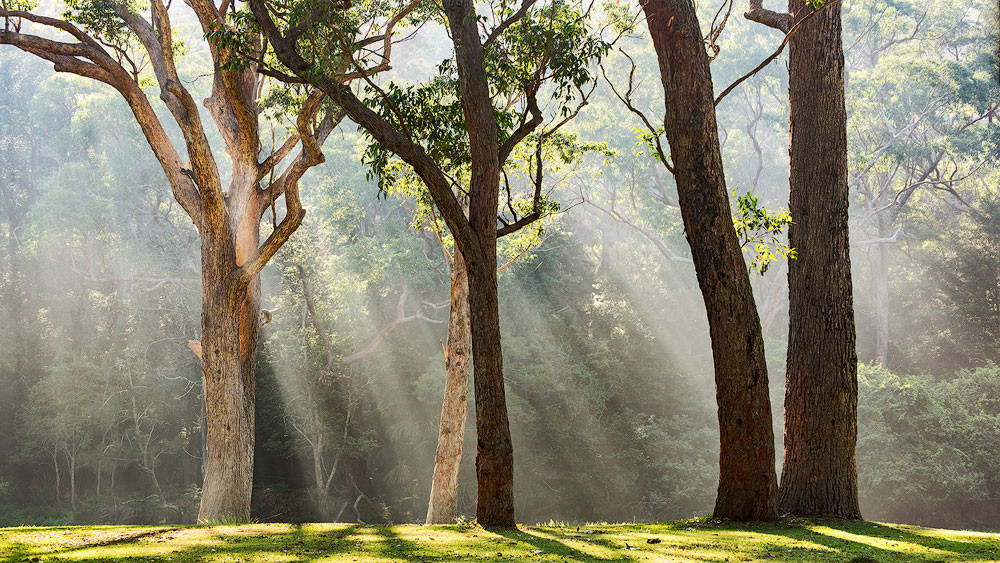 stability in composition
stability in composition
Alt: Landscape photograph emphasizing stability through the use of vertical lines, creating a sense of balance and calm.
4.3 Diagonals
Why are diagonals effective in composition? Creating diagonals is easy and straightforward. Diagonals are everywhere, always look to include some in your shot. Be careful, don’t let it lead the viewer out of the shot, make them wander within. The diagonals work best when they start from the corners.
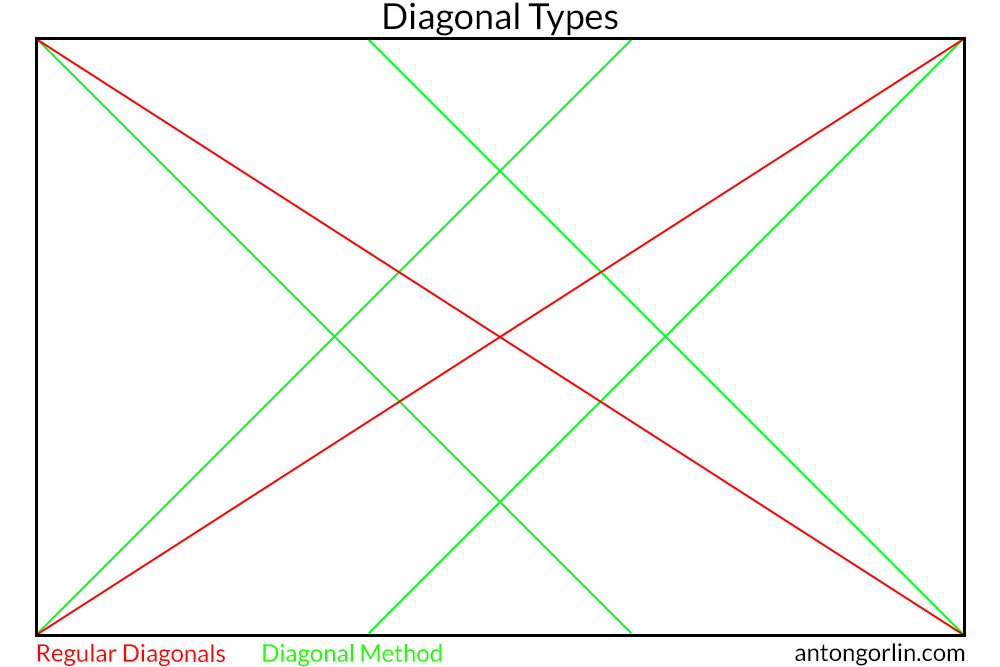 composition diagonals
composition diagonals
Alt: Diagram illustrating the use of diagonals in composition, showing lines from corner to corner and the diagonal method with lines at 45 degrees.
4.4 Ascending/Descending Diagonal
How does the direction of a diagonal influence perception? The way the elements are organised within a shot affects how we perceive it. For the majority of people in the world, the eyes scan the picture left to right. That’s how we read and write and that’s how we look at things. Even if something drags our attention in the middle of the shot, we still go back and scan it left to right afterwards.
4.4.1 Storytelling Example
How can diagonals enhance storytelling in a photo? Putting a standing person somewhere within a picture gives us an excellent example to fantasise. An incline and the direction gives us a context and we can produce the story immediately.
 diagonals storytelling
diagonals storytelling
Alt: Series of images demonstrating storytelling using diagonals, depicting a person climbing or descending a slope, conveying different emotions and narratives.
4.4.2 Diagonal Types
What are some different types of diagonals and their psychological meanings? Here’s another take on the diagonal directions and their psychological meaning.
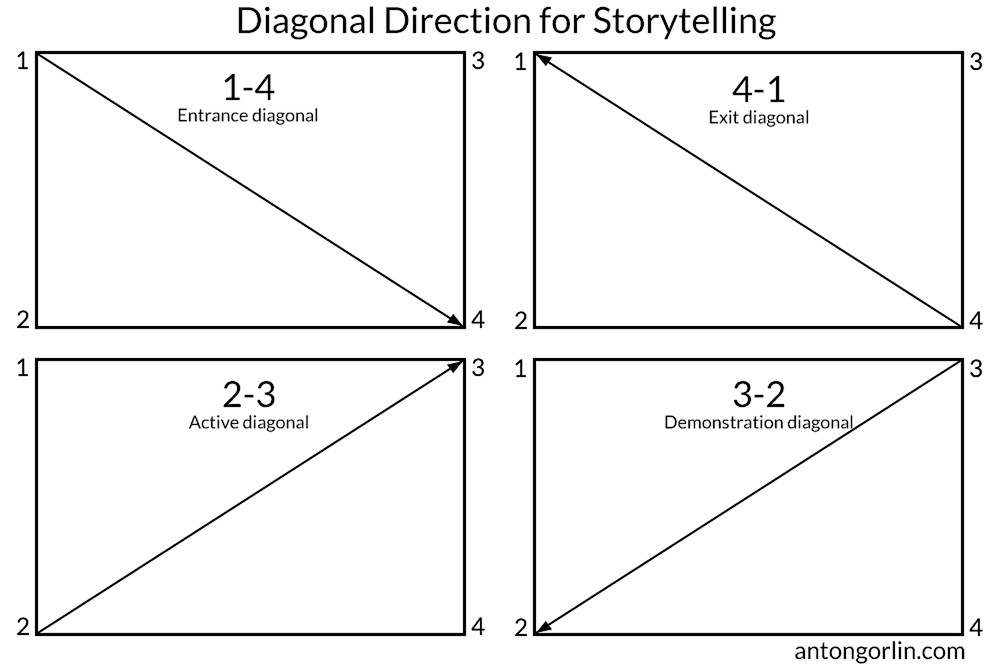 diagonals direction storytelling
diagonals direction storytelling
Alt: Infographic illustrating different diagonal directions for storytelling, including entrance, exit, active, and demonstration diagonals, each conveying a unique sense of movement and narrative.
4.5 Rule Of Thirds
What is the Rule of Thirds and how do you use it? Rule of Thirds is typically the first rule newbies get to know about the composition. It is a straightforward and natural way to subdivide the frame. We split the photo as the name states into thirds producing a simple grid. The rule says to put the main subject into one of the intersections. If you have several points of interest, put them into different intersections. Luckily, you have four of them.
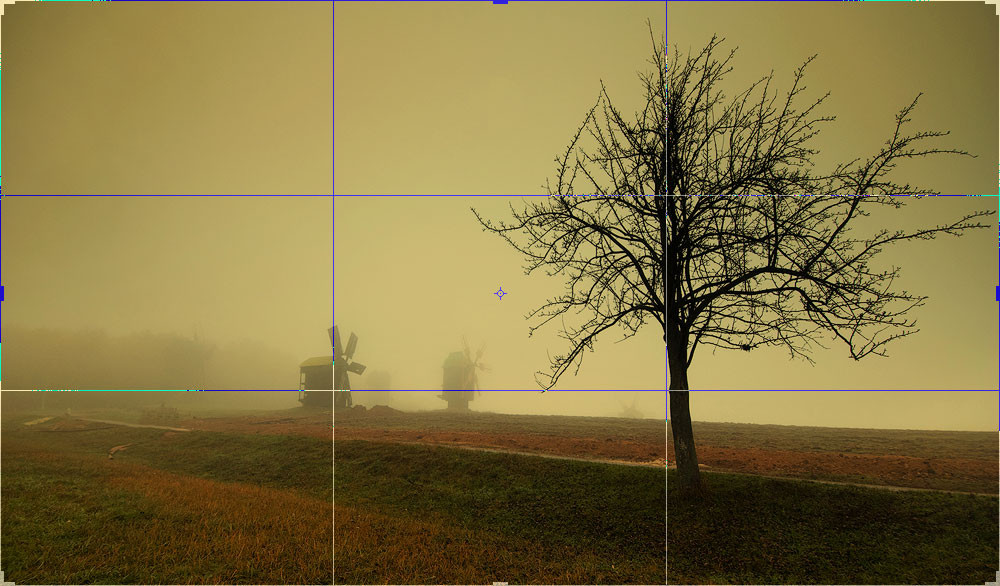 rule of thirds
rule of thirds
Alt: Landscape photograph demonstrating the Rule of Thirds, with key elements placed at the intersections of the grid lines.
4.6 Golden Rectangle
What is the Golden Rectangle and how does it relate to composition? The grid lines do not split the frame into equal parts because they are closer to the centre. The rule originates from natural proportions, a lot of things are built around the golden ratio, including humans, to some extent. The application that we can use is similar to the Rule of Thirds.
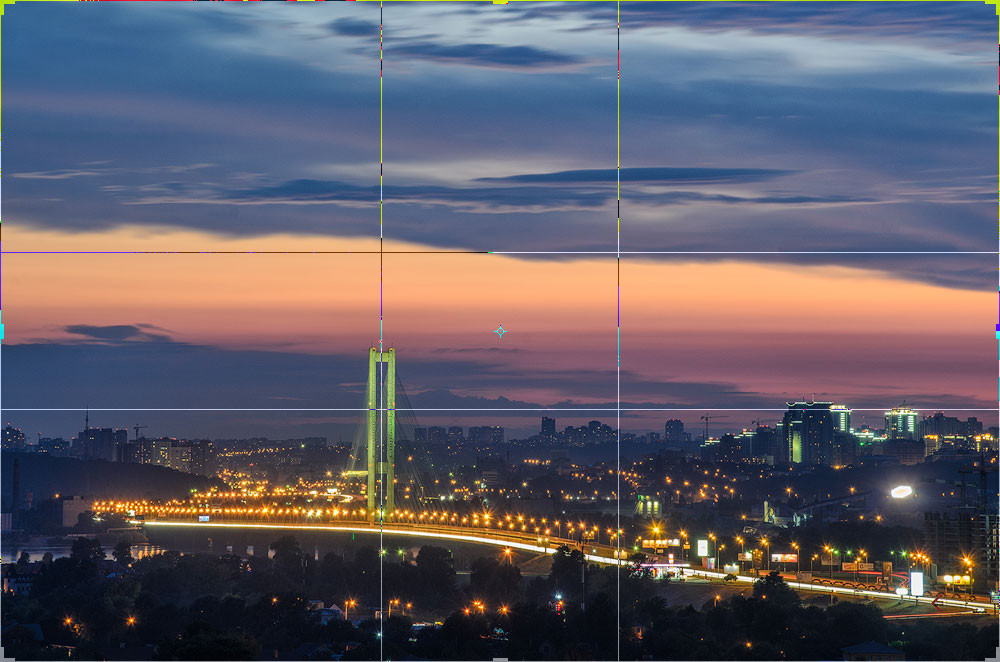 golden ratio photo
golden ratio photo
Alt: Composition example following the golden ratio, illustrating how natural proportions can create a visually harmonious and balanced image.
4.7 Golden Triangle
How can the Golden Triangle be used to create dynamic compositions? Draw one diagonal from corner to corner and then draw two lines from the remaining corners so that they make 90 degrees angle with the main diagonal forming four triangles as a result. This rule isn’t rigorous, and the objects you create should have a crude resemblance with the lines.
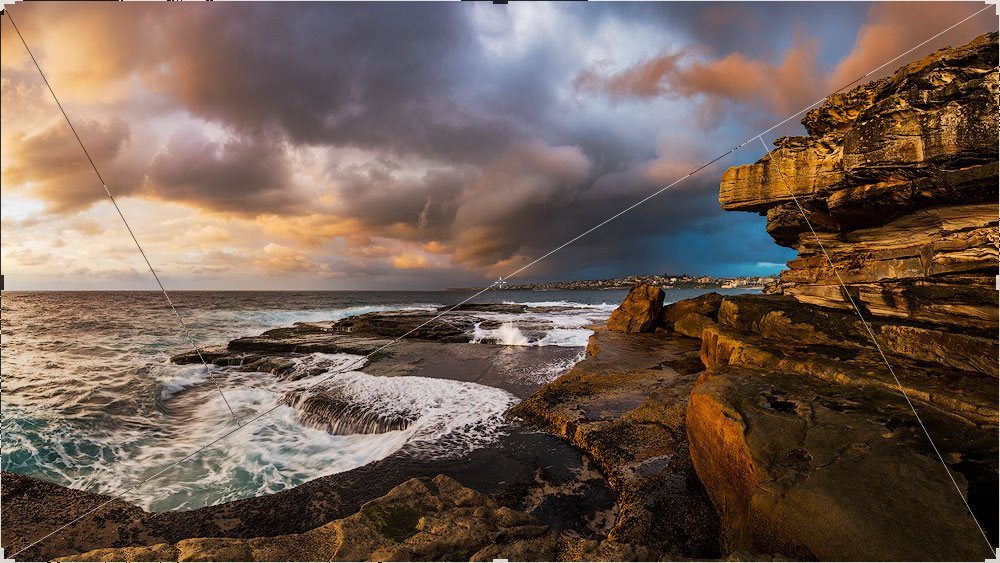 diagonal seascape photography composition
diagonal seascape photography composition
Alt: Seascape photograph using the Golden Triangle composition technique, with diagonal lines guiding the placement of key elements for a dynamic visual effect.
4.8 Golden Spiral
What is the Golden Spiral and how can it guide your composition? Golden Spiral is a self-repeating spiral shape with a constant growth ratio. The objects should form something resembling a spiral with a primary subject close to the small twisting point.
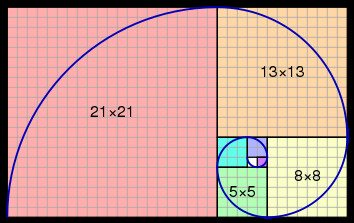 fibonacci spiral
fibonacci spiral
Alt: Diagram of the Fibonacci spiral, illustrating its mathematical basis and application in art and photography for creating balanced and visually appealing compositions.
4.9 Golden Ratio – Myth Or Reality
Is the Golden Ratio truly a universal principle of beauty? The golden ratio is believed to be at least 2400 years old. It is found in a lot of statues and even Pyramid of Giza. We have that inner sense of harmony. And this ratio speaks Harmony. I believe there are some universal Harmony Rules and we have a candidate to describe this rule right here before us.
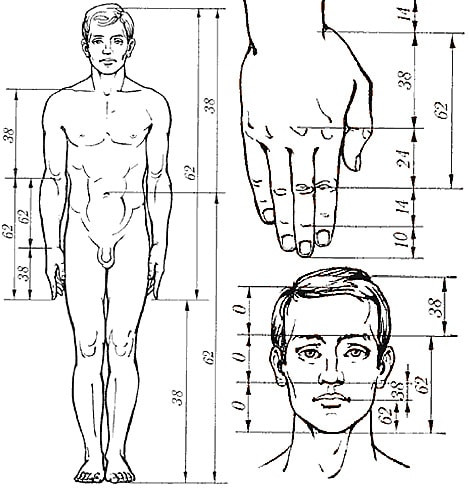 golden ratio human
golden ratio human
Alt: Illustration of the golden ratio applied to the human face, suggesting its presence in natural proportions and perceived beauty.
4.10 S-shaped Curve
How does an S-shaped curve enhance a photo? This shape is very dynamic and pleasing. It curves through the shot giving the ability to browse all parts and leading to the main subject. Unlike a diagonal, which is very direct and straightforward, the curve is more gentle and catchy. Such compositions look most natural, and the viewer has zero chance to escape the flow.
 s shape seascape
s shape seascape
Alt: Seascape photograph featuring an S-shaped curve formed by waves, guiding the eye through the scene and creating a sense of flow and movement.
4.11 Continuous Curved Lines
Why should curved lines be kept within the frame? The general idea here is to keep the whole line within frame if possible. If the line goes beyond the frame edge, it stops being a good curve. You may think it’s still curved but that’s only your imagination and memory, it is unlikely the new viewer will recognise the original shape.
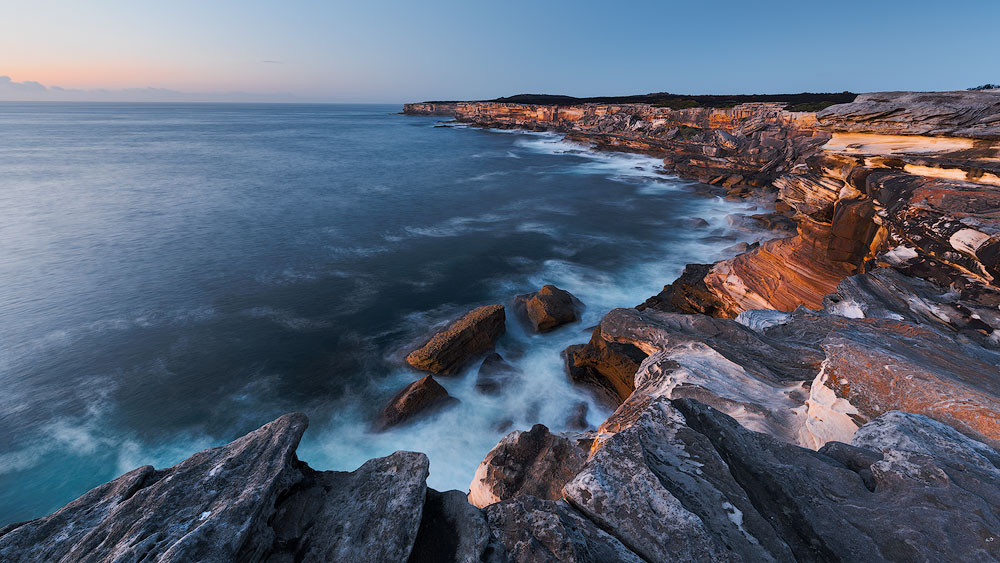 continuous curved leading line
continuous curved leading line
Alt: Landscape photograph emphasizing a continuous curved leading line, maintained within the frame to effectively guide the viewer’s eye.
4.12 Central Composition
When is it appropriate to use central composition? As opposed to other rules, where we try to blend it into the scenery. Take this as a more centrist, egoistic approach. This composition, however, needs some strong composition lines pointing at your subject. It’s imperative to have just one subject (dark or having high contrast or saturation) for this type of shot so that it does not have to build relations with other objects. It must be the centre of gravity.
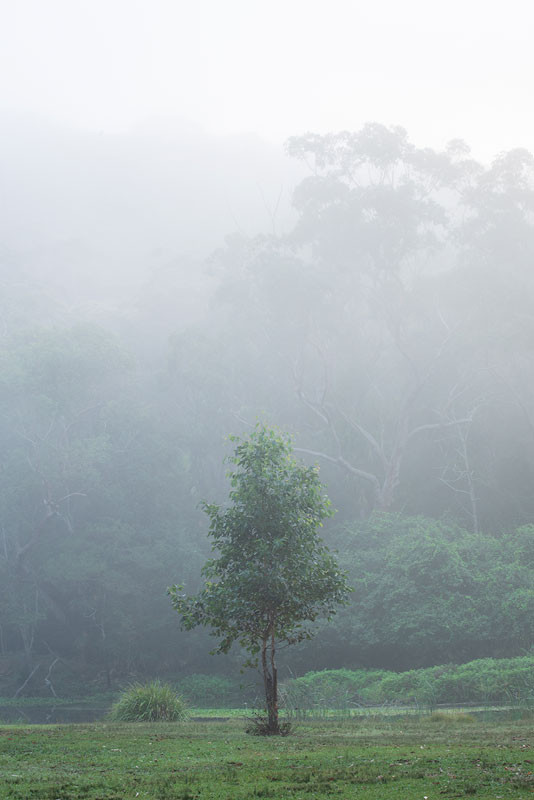 central composition image
central composition image
Alt: Photograph with central composition, featuring a symmetrical subject and strong leading lines that draw attention to the center.
4.13 Symmetry
How can symmetry create a visually appealing image? Symmetry is closely related to the balance and to the way humans are made. Humans are symmetrical, and we have binocular vision, we have two parts of the brain, etc. Symmetry is everywhere. That’s why we tend to like it and to look for it. Symmetry is good for the central composition when the image is symmetrical relating to either vertical or horizontal line going through the image.
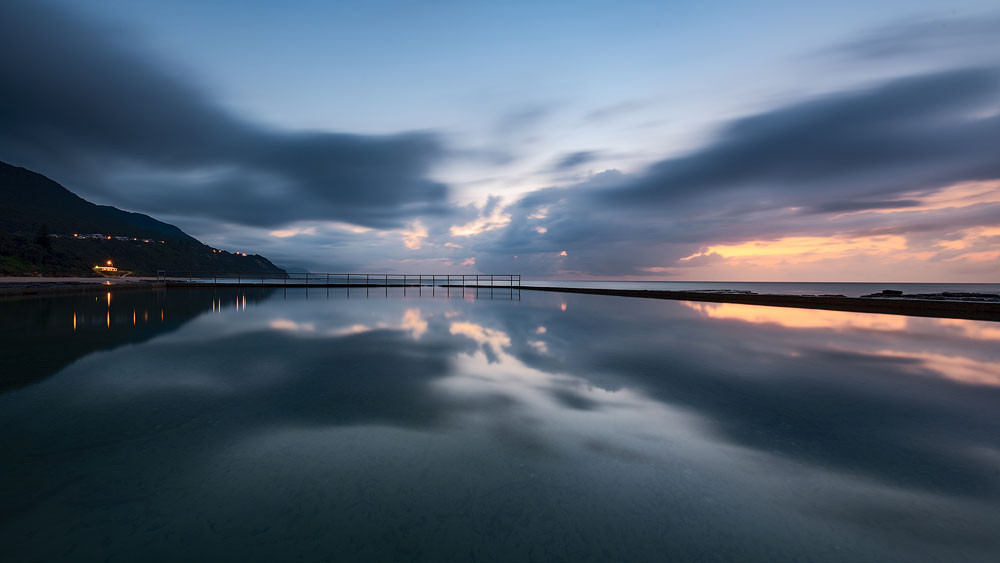 symmetry photo reflections
symmetry photo reflections
Alt: Landscape photograph showcasing symmetry through reflections, creating a balanced and visually striking image.
4.14 Resemblance
How can you create visual interest by finding resemblance between objects? Once you have noticed similarities, use other composition rules to build the photo. The more significant the difference between the objects the better is the visual effect. The resemblance could be straight or mirror; it can be of a different size but with the same shape.
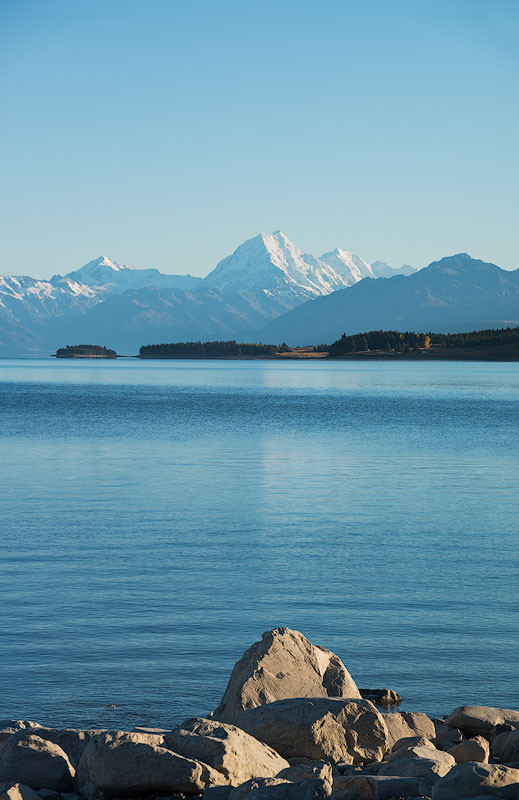 resemblance in framing
resemblance in framing
Alt: Photographic example of resemblance in framing, highlighting similar shapes between different objects to create visual connections and harmony.
4.15 Radial Photography Composition
What is radial composition and when is it most effective? The radial composition is easy. In fact, it’s a sub-type of a diagonal composition with lots of lines and triangles. This particular shape has one main subject and a lot of lines pointing towards it. It is essential not to have any other centre of gravity or significant lines to make the effect even stronger. The whole layout resembles the Sun and the sun rays.
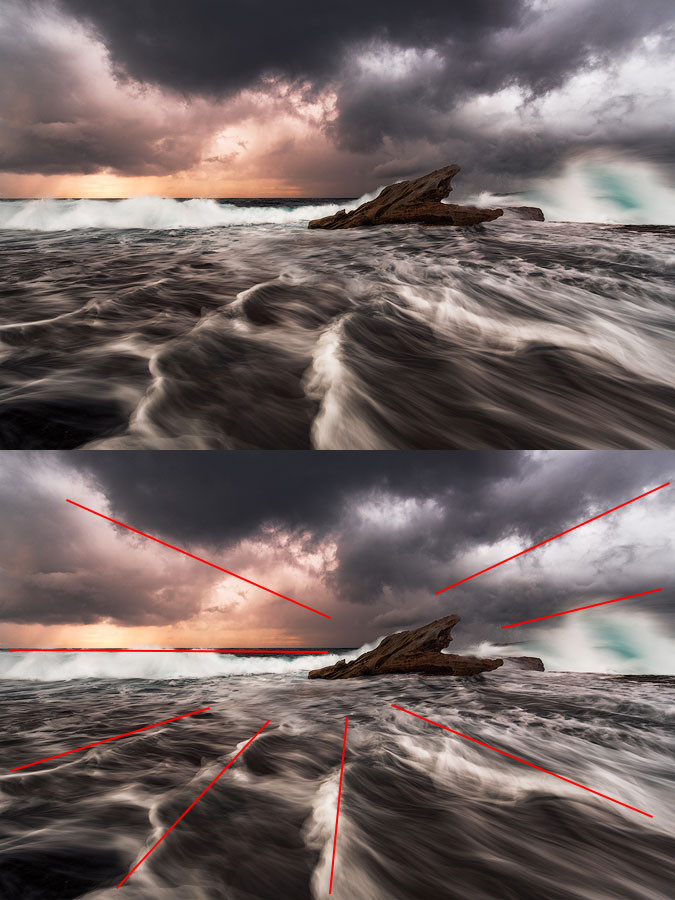 radial composition landscape
radial composition landscape
Alt: Landscape photograph employing radial composition, with lines and shapes converging toward a central point, creating a visually dynamic and focused image.
4.16 Negative Space
How can negative space enhance your composition? We deliberately leave a lot of empty space around our hero to emphasise the feeling of the loneliness or emptiness or The Big Unknown or something similar. Sometimes, such a photograph can also convey a sense of the smallness of human. Negative space is the perfect example of breaking the rules tastefully.
 negative space composition
negative space composition
Alt: Minimalist landscape photograph using negative space to emphasize the smallness of a human figure against a vast, empty backdrop, creating a sense of loneliness or isolation.
4.17 Rule Of Odds
Why is an odd number of elements often more appealing? The reason for that is again stability vs dynamism. The even number of objects suggests balance and lack of movement and of course, the bigger the number, the harder to spread attention between all subjects. Also, two elements imply competition, opposition, and tension, or just a dialogue. Three elements convey a story and produce a dynamic balance.
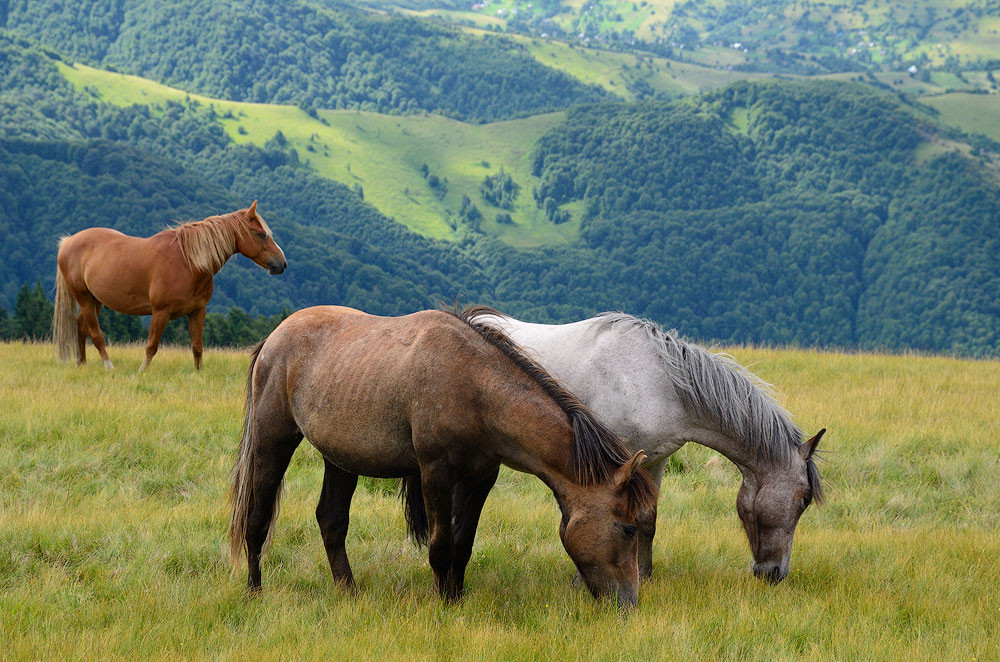 rule of odds in photography
rule of odds in photography
Alt: Photograph demonstrating the rule of odds, with three horses creating a dynamic balance and encouraging storytelling through their arrangement.
If you can visually group elements, they become a single element. It depends on the actual picture and visual weight of the items in it.
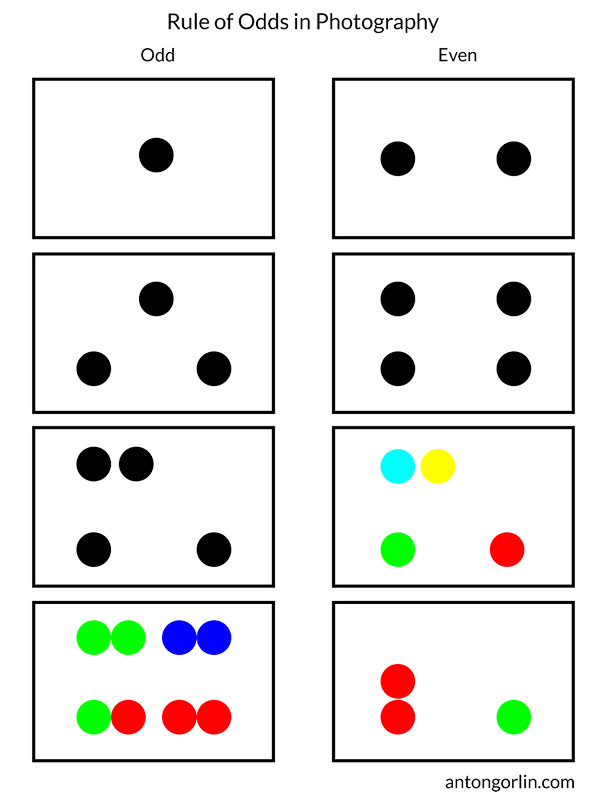 rule of odds composition
rule of odds composition
Alt: Chart illustrating how visual grouping of elements can influence the perception of quantity, supporting the rule of odds in photographic composition.
4.18 Block/Unblock Area
How do blocked and unblocked areas affect the viewer’s experience? This rule is about creating closed (blocked) or open (unblocked) areas in the image. The two examples below show both. Open space allows the flow into infinity; the closed area keeps us inside of the area. The desired effect you want to achieve dictates how you need to compose a shot.
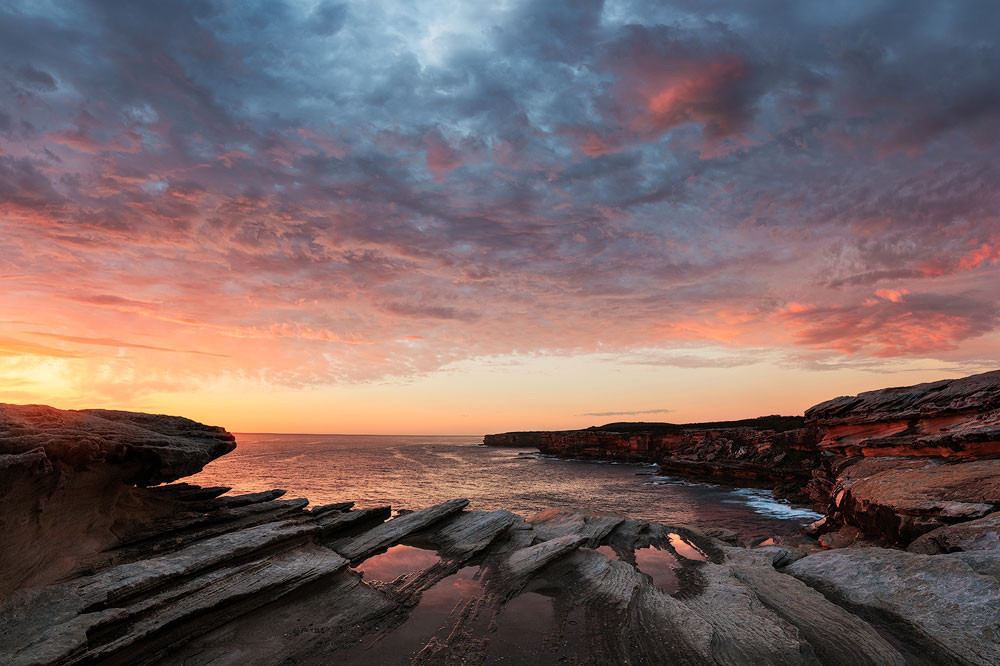 open area photography
open area photography
Alt: Landscape photograph showcasing an open area with a gap between the cliffs, allowing the viewer’s eye to flow into the distance.
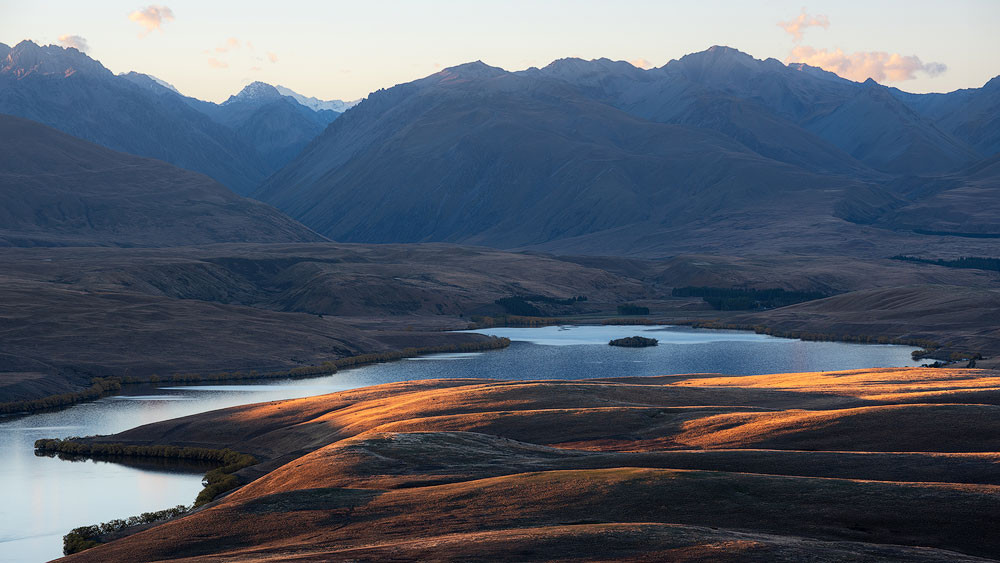 closed area image
closed area image
Alt: Photograph of a closed area, creating a sense of enclosure and stability by containing the main lines and shapes within the frame.
4.19 Contrast
How can contrast be used to create a more compelling photo? One of the fundamental and most important techniques is to implement a contrast. It’s a very expressive method to have some conflict, some contrast between the objects within a frame.
 contrast composition
contrast composition
Alt: Infographic outlining different types of contrast in photography, including light, color, psychological, and physical conditions, each enhancing visual impact.
4.20 Subject Isolation
What are the different ways to isolate a subject in a photo? You need to have the main hero in focus with everything else out of focus. The best way to achieve this is either open aperture on your lens or longer focal length or both. The other ways to isolate an object are Framing and Figure-To-Ground Relation.
4.20.1 Framing
How does framing enhance subject isolation? You need to find something that could form a frame around your main subject. You can use cliffs, tree branches, keyhole, broken fence, anything. It adds another dimension to the photo and adds context.
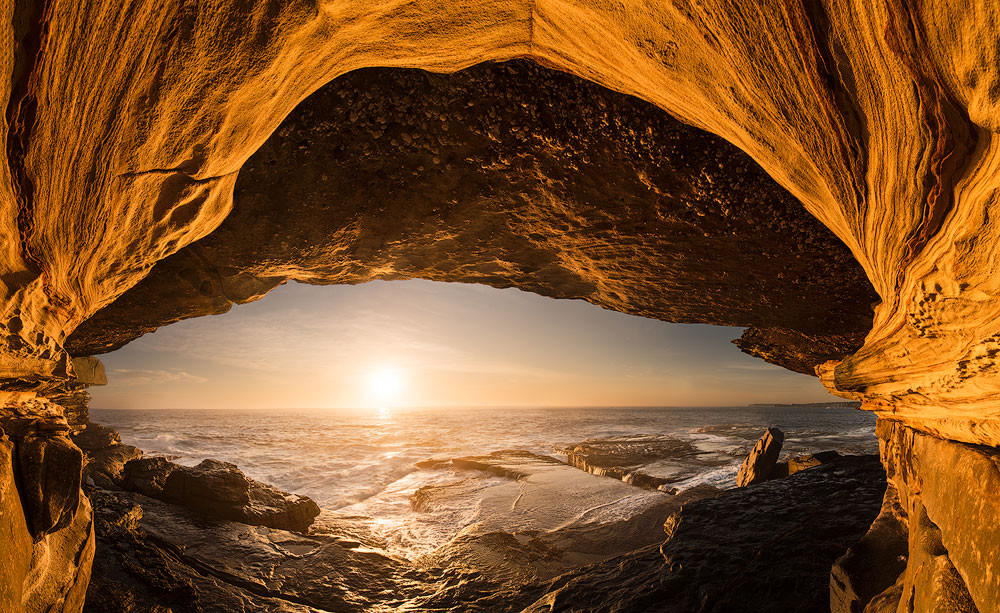 framing composition
framing composition
Alt: Landscape photograph using framing to isolate the subject, with natural elements creating a frame around the main point of interest.
4.20.2 Figure-To-Ground Relation
How can the relationship between figure and ground isolate a subject? To make the main subject stand out, we need to separate it from the background. With this type of separation, you may still need one of the other types to have the best result.
 figure to ground relation photography
figure to ground relation photography
Alt: Photograph illustrating figure-to-ground relationship, with a sharply defined subject against a contrasting background, enhancing its prominence and visual impact.
4.21 Repetition
How does repetition create visual interest in a photo? The repetition typically consists of the same elements. Our eyes tend to follow the lines and rest while browsing such photos. However, simple repetition is relatively dull. It may work well for some interior picture, which serves to create atmosphere and shouldn’t take a lot of time to contemplate.
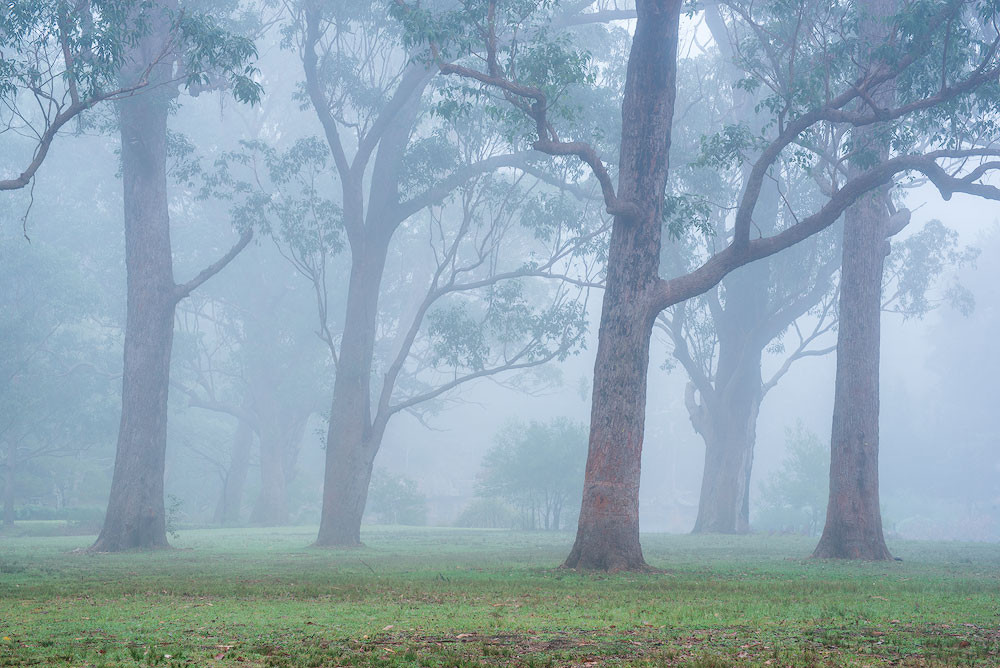 repetition in composition
repetition in composition
Alt: Photograph showing repetition in composition, with a series of similar elements creating a sense of pattern and rhythm.
4.22 Rhythm
What is rhythm in photography, and how does it differ from repetition? Simply saying, the rhythm is a recurring pattern of elements differentiating by strong or weak elements or varying conditions. To form a rhythm, you need something repeating over time, and the repetition itself should create a pattern. You can build multiple rhythms in a single shot, and that makes a photo even more interesting.
4.22.1 Acoustic Rhythm
How can musical concepts help understand visual rhythm? The rhythm is a recurring pattern of elements differentiating by strong or weak elements or varying conditions. A repetition with decreasing length is already more appealing than a bunch of similar objects. Think of it as music. Would your pattern form a nice sounding beat?
4.22.2 Rhythm Definition
What are the key elements of visual rhythm? Rhythm is a repetition that encourages the eye to move in a particular direction. This definition means, to form a rhythm, you need something repeating over time, and the repetition itself should create a pattern. You can build multiple rhythms in a single shot, and that makes a photo even more interesting.
4.22.3 Rhythm In Photography
How can rhythm be applied in photographic composition? The objects could have same direction (trees) or colours (berries in the field) or shapes(shadows). The eye should be able to perceive the resemblance and easily extend a visual pattern beyond the photo frame.
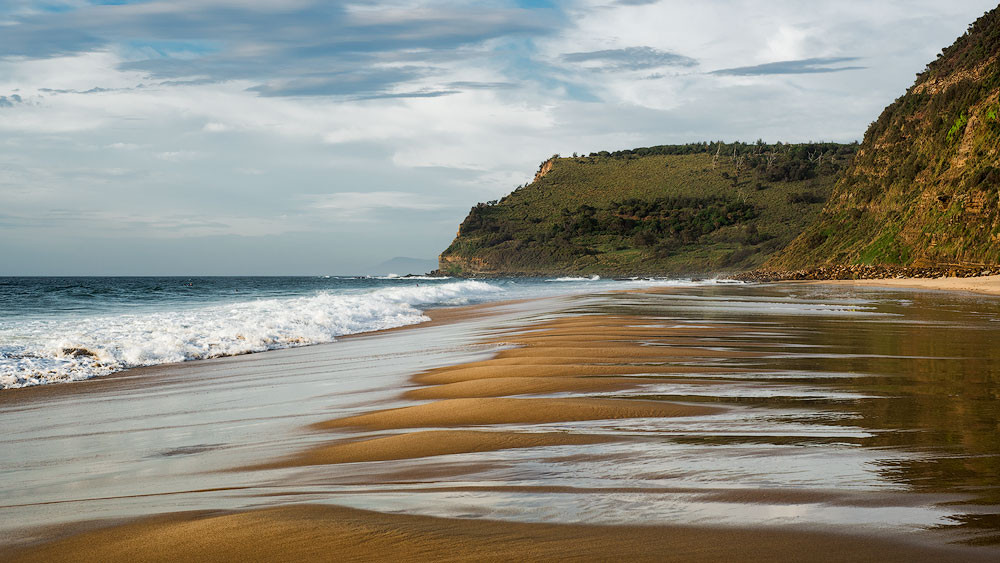 rhythm landscape photography
rhythm landscape photography
Alt: Landscape photograph demonstrating rhythm, with repeating patterns of trees creating a visual flow and harmony.
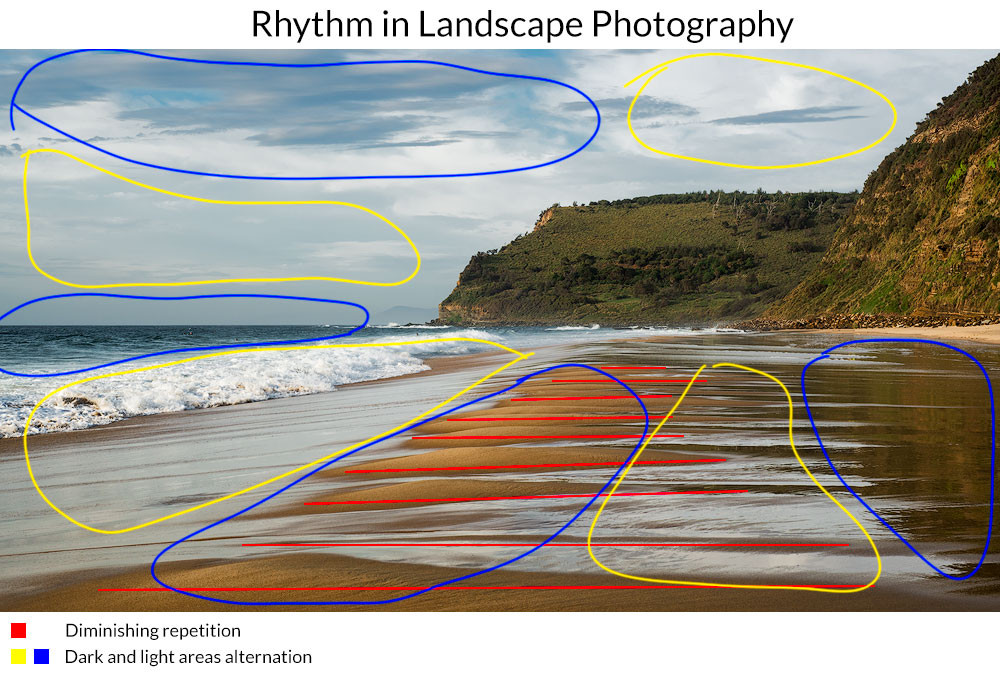 rhythm landscape photography-explanation
rhythm landscape photography-explanation
Alt: Annotated version of a landscape photograph, explaining the multiple rhythms present in the scene, enhancing understanding of rhythmic composition.
4.23 Breaking the Rhythm
Why is it sometimes effective to break a pattern or rhythm? In this case, we need to break the rhythm to accentuate the subject. The other reason to break it is to draw attention to the imperfection or to make the viewer stumble and take a closer look at the picture.
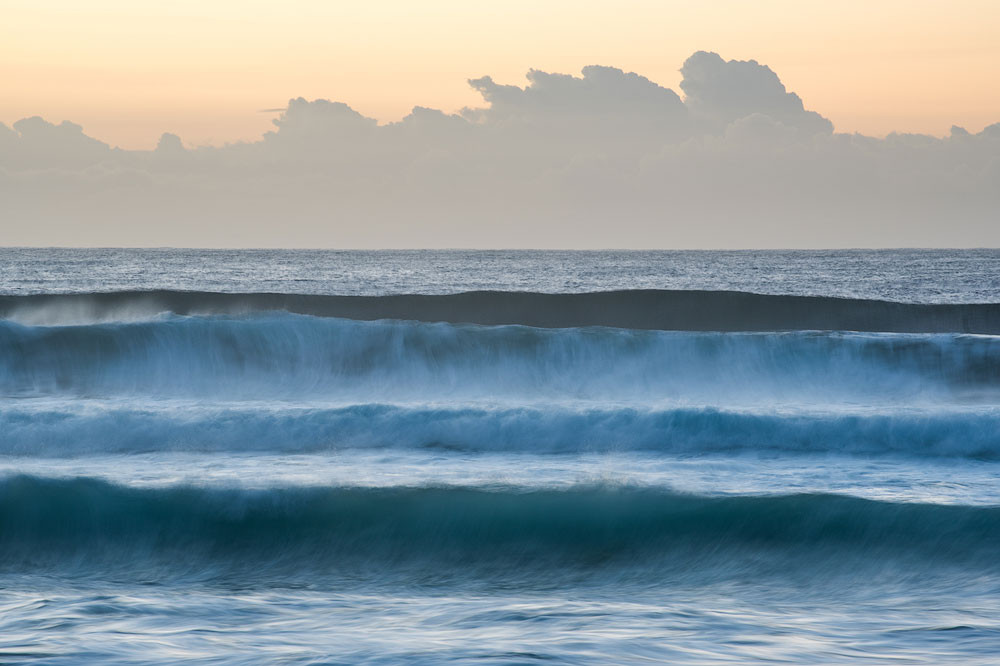 break the rhythm
break the rhythm
Alt: Photograph showing a break in rhythm, with a single element deviating from the repeating pattern, drawing attention and creating visual interest.
4.24 Depth Of Field
How does depth of field affect composition? The general rule says that whatever you have in focus is the most important part of the photo, the blurred part makes a context or adds a nuance. The usual approach for the landscape is to have everything in focus. For the portrait, macro, etc – the have a background blurred. For the landscape, however, sometimes it makes sense to have the foreground blurred to increase the sense of volume.
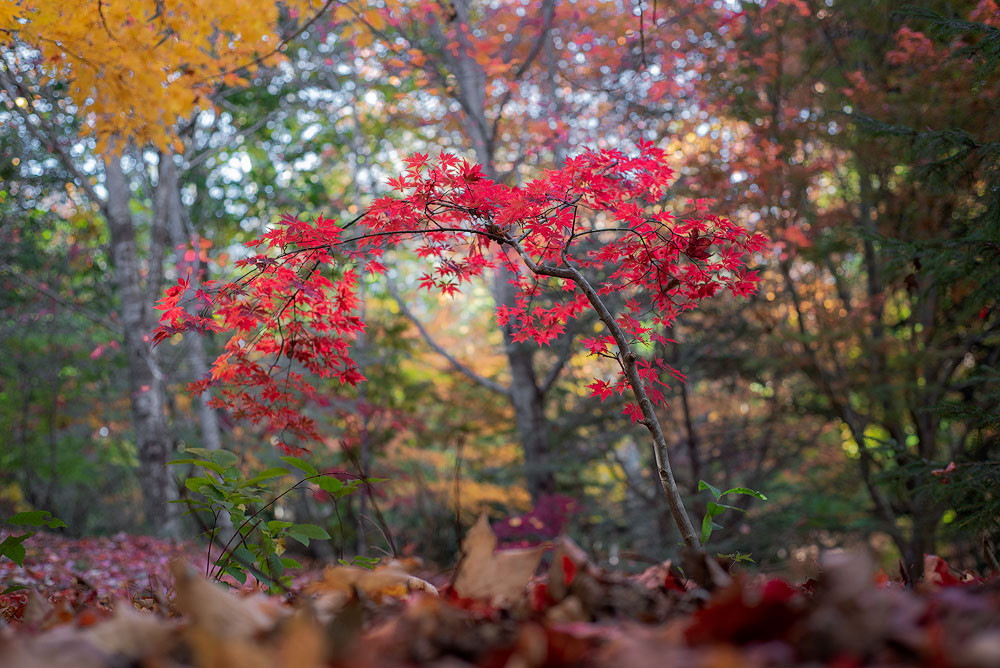 depth of field in landscape
depth of field in landscape
Alt: Landscape photograph utilizing depth of field to emphasize certain elements, with selective focus creating a sense of depth and guiding the viewer’s eye.
4.25 Linear Perspective
What is linear perspective and how can it be used to create depth? The converging lines create Linear perspective. Our brain knows that they are parallel in reality, but they seem to point to a single vanishing point in the distance. In landscape, it’s the horizon. And such effect forces us to perceive the picture as three-dimensional.
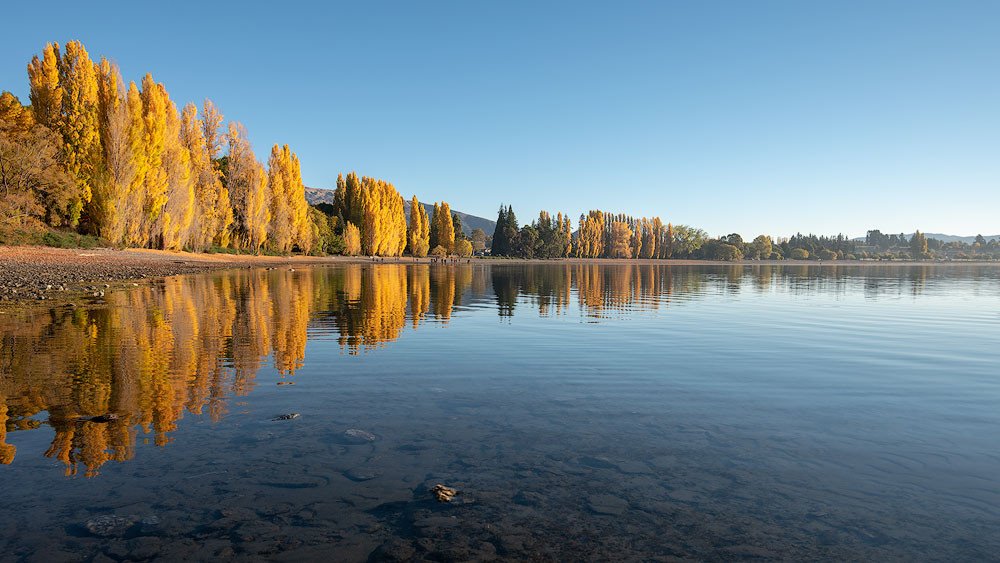 linear perspective
linear perspective
Alt: Landscape photograph demonstrating linear perspective, with converging lines creating a sense of depth and leading the eye to a distant point.
4.26 Tonal and Aerial Perspective
How do tonal and aerial perspective enhance depth in a photo? The way we perceive the reality is inevitably connected with masses of air between our eyes and different objects. The atmosphere is never wholly transparent hence it affects distant objects more than those closer to us. So, the less saturation and clarity the objects, the further away it seems to be. The perspective instantly adds volume to the photograph making it 3-d.
4.26.1 Aerial Perspective
What conditions are best for capturing aerial perspective? The worst light for revealing aerial perspective is the front light when the Sun is